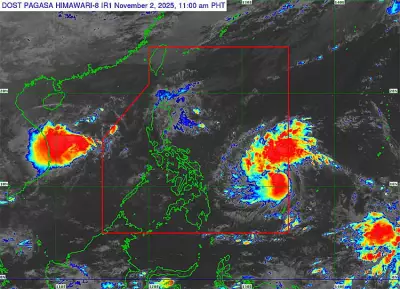
Recent weather phenomena in Cebu have left many residents scratching their heads, but according to meteorological expert Al Quillope, these aren't mere coincidences. The unusual patterns we've been experiencing signal something more profound happening in our climate system.
Beyond Random Weather Events
"What many are calling climate flukes are actually interconnected events pointing to larger environmental shifts," explains Quillope, a seasoned meteorologist with decades of observation experience. "The record-breaking temperatures, unexpected rainfall patterns, and shifting seasonal behaviors all tell a consistent story."
The Evidence Mounts
Several key indicators suggest these changes are more than temporary anomalies:
- Temperature extremes breaking historical records multiple times in single seasons
- Rainfall distribution becoming increasingly unpredictable and intense
- Traditional seasonal patterns showing noticeable shifts in timing and duration
- Microclimate variations across different Cebu regions becoming more pronounced
Understanding the Bigger Picture
Quillope emphasizes that while individual weather events might seem isolated, they form part of a larger climatic tapestry. "When we analyze the data longitudinally, the pattern becomes clear. We're not just seeing random fluctuations but systematic changes in how our climate operates."
Local Impacts, Global Connections
The meteorologist notes that Cebu's weather changes reflect broader regional and global climate trends. "Our island's climate doesn't exist in isolation. What we're experiencing connects to larger atmospheric and oceanic patterns that are undergoing significant transformation."
Looking Ahead: Adaptation and Awareness
Rather than dismissing unusual weather as mere flukes, Quillope advocates for increased monitoring and public awareness. "Understanding that these are patterns, not anomalies, helps us better prepare for what's coming. It's about building resilience and adapting to our new climate reality."
The expert concludes with a call for continued observation and data collection, emphasizing that recognizing patterns early provides the best opportunity for effective response and adaptation strategies.





